What is "gan kou"?
For those who are new to Tenmoku cups, some may mistake the "gan kou" (dry rim) for a flaw in the cup's glaze. Tenmoku cups do have some differences compared to other types of porcelain. In addition to "gan kou", many new collectors may also be confused by other terms such as "lu tai" (exposed clay), "ju yu" (gathering glaze), and "yudizhu" (droplets of glaze), which I will explain below.
"Gan kou":
As the name suggests, "gan kou" refers to the dry glaze on the rim of the cup. Tenmoku cups are made using the method of applying a thick glaze and firing them upside down, so that the glaze will respond to the call of gravity and flow downwards. As a result, the glaze on the rim of the cup flows downward and becomes thinner, making it more prone to drying out and being burned during firing.
exposed tire
Due to the firing technique used, if the cup is fully glazed, the bottom of the cup is prone to sticking, which is called "sticking to the bottom". Therefore, the cup is only partially glazed, with no glaze on the bottom, which is called "exposing the tire".
glaze drips
When glaze flows down, it sometimes forms small beads of glaze along the edge, which is called "glaze drips" or "drips of glaze". They are also commonly referred to as "tears" due to their shape. This is a record of the firing process of the Tenmoku, leaving behind dynamic memories of tears that have undergone the test of 1300 degrees of high temperature. It adds a unique touch of charm to the cup.
The formation of glaze drips and exposed tires is generally accepted by most people, but dry mouth is not easy to understand and judge. Many people mistakenly believe that dry-mouthed cups are defective.
For Tenmoku, dry mouth is very common and unavoidable. Therefore, there is no need to pursue zero dry mouth. Moreover, the degree of dryness also varies. When purchasing, you can choose cups with lighter degrees of dryness.
Some dry mouths are severe, which can cause large areas of vitrification to be incomplete, affecting the overall quality of the glaze surface and greatly reducing the grade of the cup. However, if the degree of dryness is mild, it will not affect the use of the cup at all.
Evaluating a Tenmoku should not only be based on the dryness of the mouth, but also on comprehensive factors such as glaze surface patterns, degree of vitrification, size and shape of the cup, and whether it has been deformed. When selecting a Tenmoku, consider the above factors and your own needs to determine whether to purchase a specific cup.


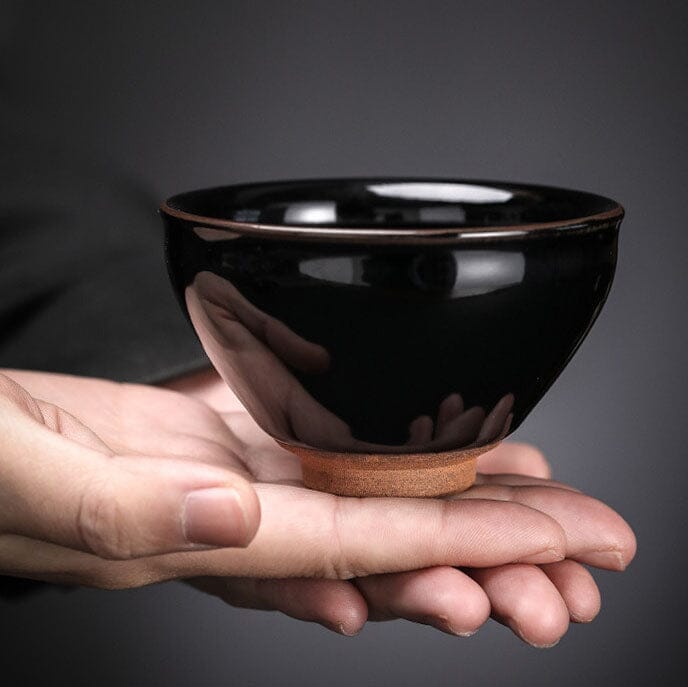
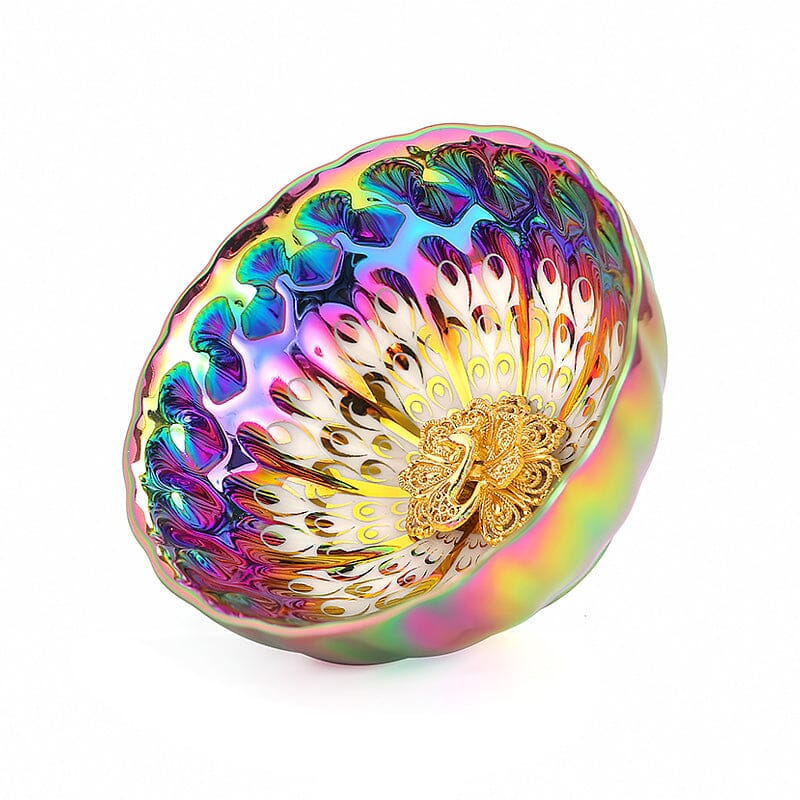
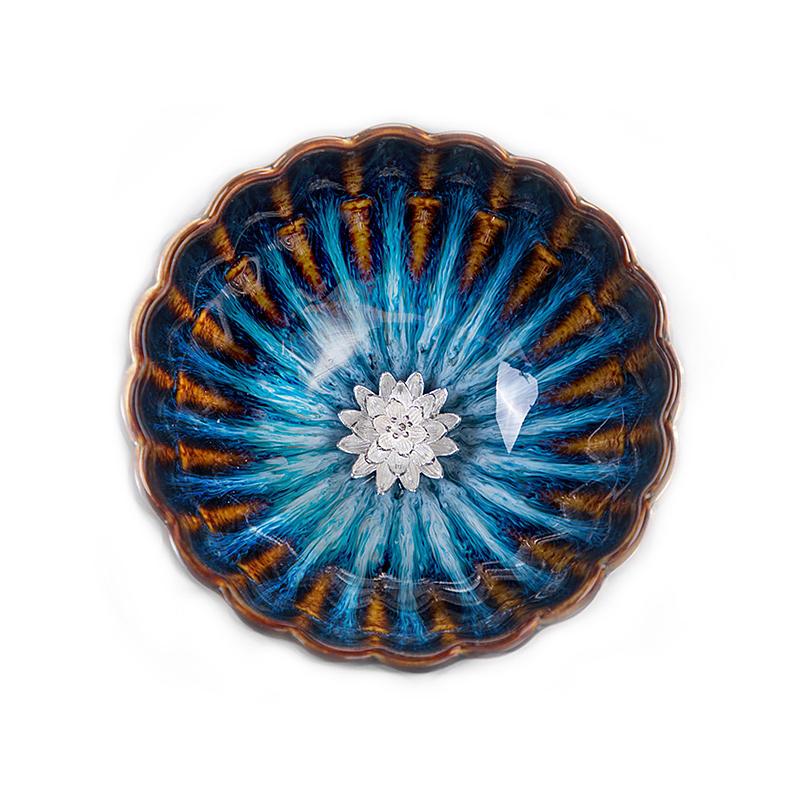
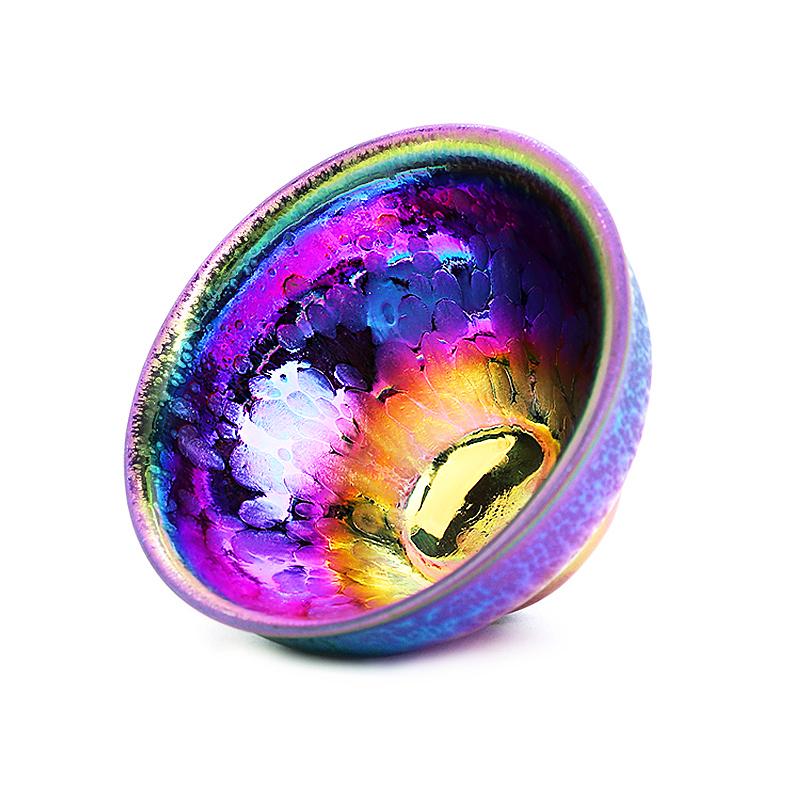
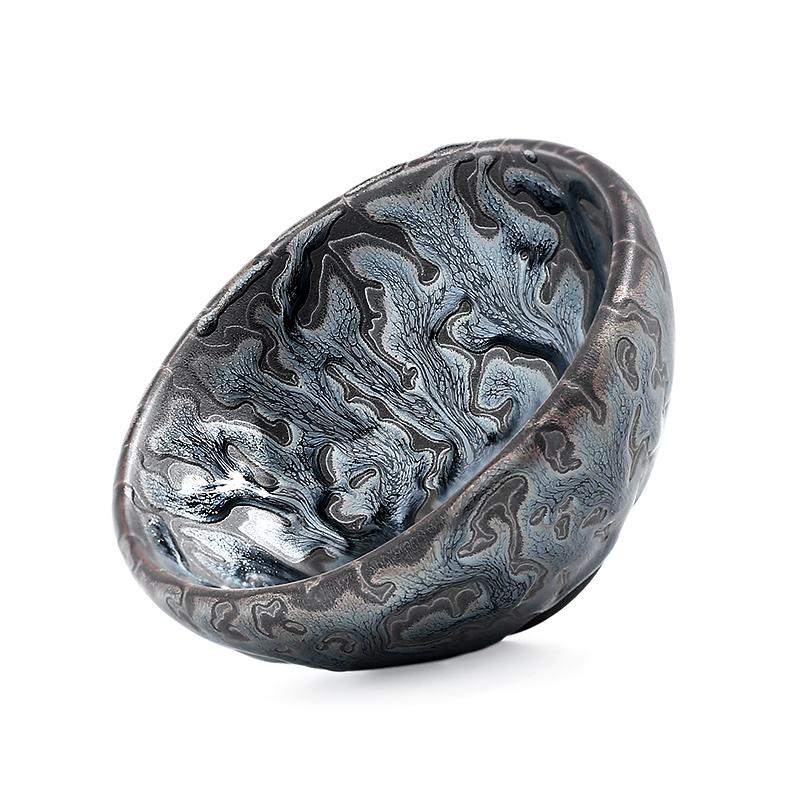
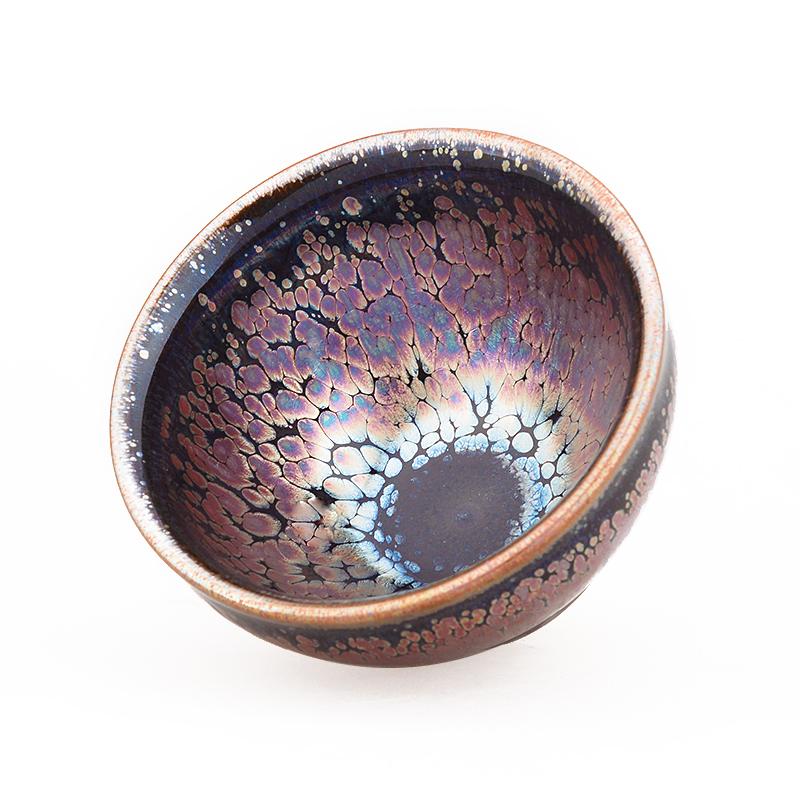
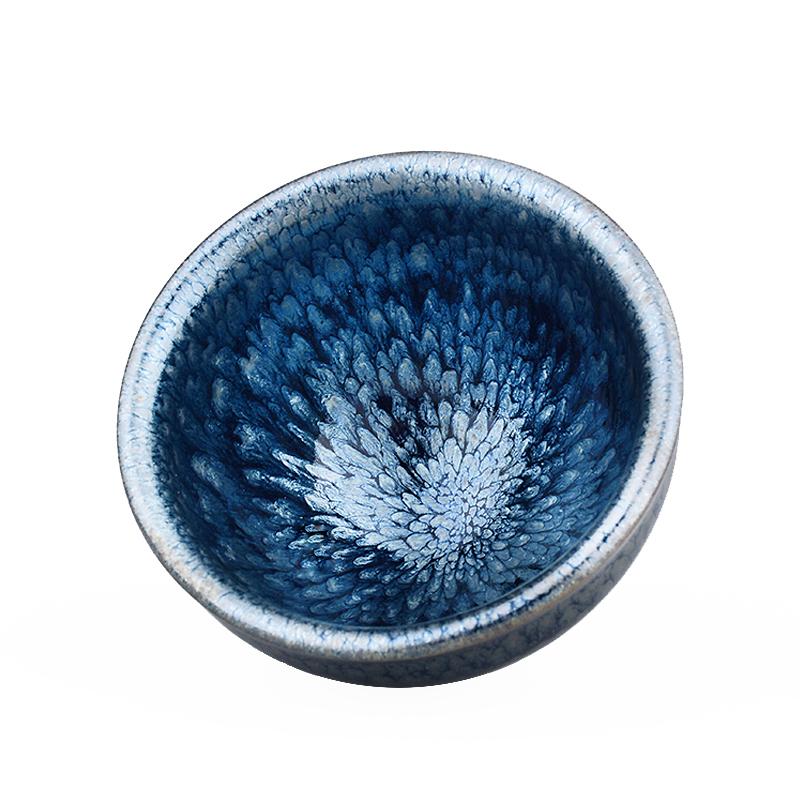
Share:
Can this teacup really be attracted by a magnet?
Introduction to Tenmoku's shapes and sizes?